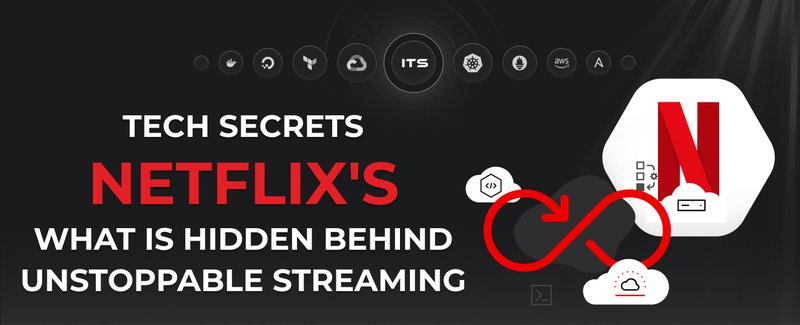In today's fast-paced digital landscape, where businesses rely heavily on their online presence and applications, efficient application monitoring and support have become non-negotiable. Ensuring that your applications perform optimally and are available when needed is critical to DevOps and cloud engineering. This article will explore the key elements of discovering an efficient application monitoring and support organization and why it matters.
The role of application monitoring
Application monitoring is the backbone of modern IT operations. It's not just about keeping an eye on your servers; it's about gaining deep insights into your applications' performance, identifying potential bottlenecks, and proactively addressing issues before they impact your users. Effective application monitoring can improve performance, reliability, and user satisfaction.
Building an efficient support organization
You need more than just a group of skilled engineers to build an efficient support organization. You need well-defined processes, incident management procedures, and collaboration between teams. Your support organization should be able to respond to incidents swiftly, prioritize them based on impact, and communicate effectively with stakeholders.
Explore the monitoring tools and technologies that align with your needs and establish processes that prioritize efficient incident response. Let's continue discussing how to make application monitoring a cornerstone of your DevOps and cloud engineering success.
Monitoring tools and technologies
The choice of monitoring tools and technologies can significantly impact the efficiency of your support organization. A wide array of tools are available, ranging from open-source solutions like Prometheus and Grafana to cloud-native services offered by AWS, Azure, and Google Cloud. The key is to select tools that align with your organization's specific needs and provide visibility into your applications and infrastructure.
Implementing a monitoring strategy
Implementing a monitoring strategy involves defining clear objectives, selecting relevant metrics, and configuring alerts that matter. It's about setting up monitoring agents on your servers, creating intuitive dashboards, and establishing reporting mechanisms. A well-executed monitoring strategy ensures that you have real-time visibility into the health and performance of your applications.

Continuous improvement and feedback loop
Efficiency in application monitoring and support is an ongoing journey. It requires continuous improvement and a culture of learning from incidents. Feedback loops, retrospectives, and post-incident reviews are essential for identifying areas for improvement. As your applications and infrastructure evolve, so should your monitoring strategy.
In DevOps and cloud engineering, an efficient application monitoring and support organization is not a luxury but a necessity. It's the foundation upon which you can build reliable, high-performing applications that meet the demands of your users. By investing in the proper monitoring tools, building effective support processes, and maintaining a culture of continuous improvement, you can ensure that your applications are always at their best.
Docker commands and Dockerfile usage for running containers on a local machine
Docker commands and Dockerfile usage for running containers on a local machine
Netflix tech stack for powering streaming backend and cloud solutions






